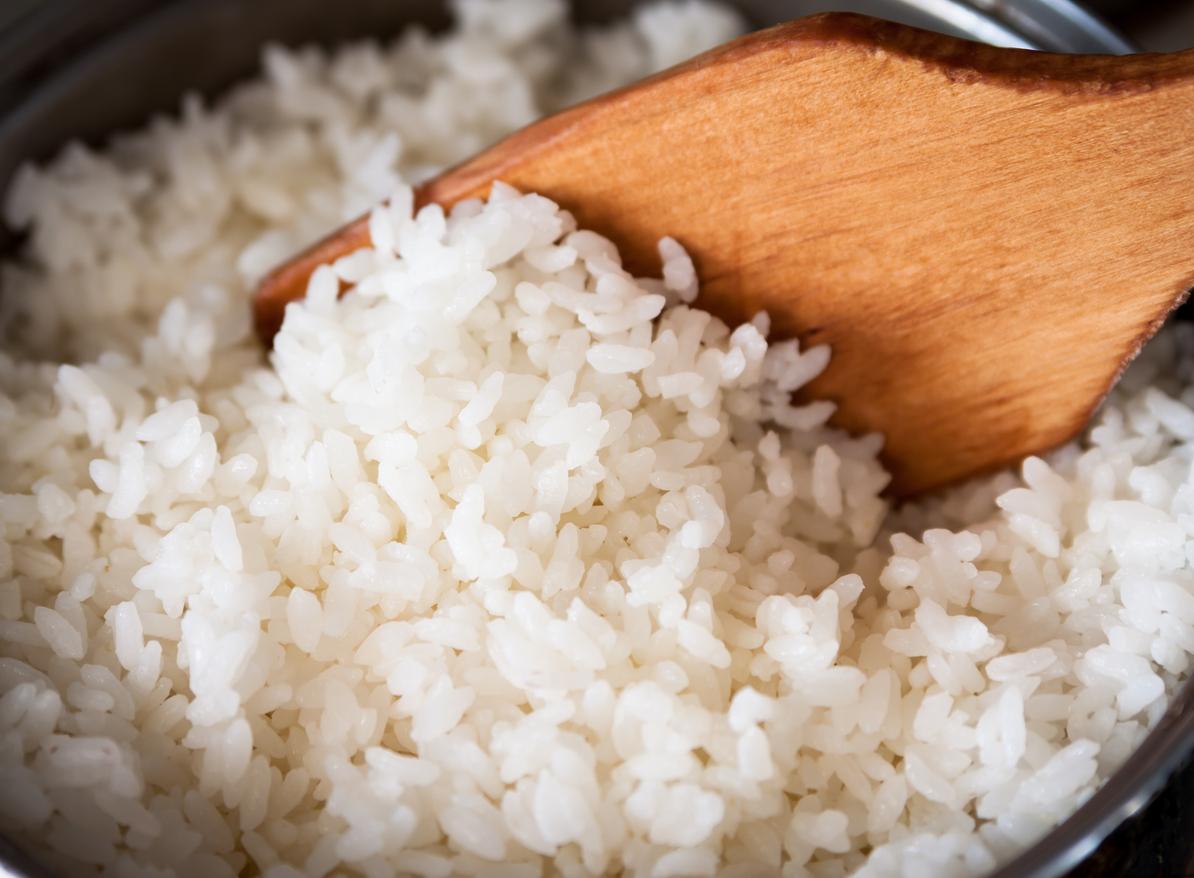Understanding the acronyms and characteristics of food consumption makes it easier to find your way around to avoid food poisoning but also to waste less, a concept that is gaining ground in France.

- 97% of French people favor products with “short dates” to fight against food waste.
- The Ademe (Environment and Energy Management Agency) estimates that 10 million tonnes of food are thrown away each year, while much is still consumable.
“Sell-by date“is a broad and still relatively unknown notion that can be misleading: in France, poor knowledge of the different types of expiry dates is also the cause of 20% of household food waste.
Educate and raise awareness
Signs have thus taken the step to fight against food waste by removing the expiry dates for sugar, vinegar or even oil, as is the case with Carrefour, Auchan, Leclerc or even Intermarché who have signed a pact for “educate and raise awareness internally and externally on consumption dates“.
To know which foods it is possible to eat without risk to your health and without wasting a food that is still edible once the indicated date has passed, it is imperative to understand the acronyms, which are obligatorily mentioned on most consumer products.
“Pre-packaged food products bear a statement indicating the expiry date (DLC) or the date of minimum durability (DDM)”, indicates the Ministry of Economy and Finance.
Hard limit
“The DLC indicates an imperative limit. It applies to microbiologically very perishable foodstuffs, and which, as a result, are likely, after a short period, to present an immediate danger to human health.“
This concerns charcuterie, fresh meat or refrigerated ready meals, fish, seafood, fresh fruit juices. Dairy products also have a BBD to respect (especially cream or egg-based desserts) but “plain” yoghurts are an exception. Indeed, they can be kept for one to two weeks in the refrigerator after the DLC because they constitute an acid medium in which pathogenic germs do not develop. Beware, however, of signs of deterioration: if the yoghurt is moldy, if it smells unpleasant or if the lid is swollen, there is no risk of poisoning but these are the signs that the taste and quality yogurt are very altered.
After the DLC, the health risks can be more or less serious depending on the expired products, especially in the case of meat and fish. Food poisoning is the most common risk and results in nausea, dizziness, vomiting, diarrhea or fever.
Not perishable
The Date of Minimum Durability (MDD) or “to consume preferably before… ” is a best-before date, which concerns products that are not very perishable, even once opened (such as fruit compotes, stored in the refrigerator). Affixed to foods that can be eaten without risk after the date, as long as the The packaging has remained intact, since 2015 it has replaced the term DLUO (Best Before Date).
Exceeding the DDM does not present a health risk if a few reflexes are adopted, such as checking that the cans are neither rusty nor bulging, which would indicate the presence of bacteria. Generally, we mainly observe the loss of certain qualities of the product as is the case for coffee and dry biscuits which can lose their flavor or their texture but in no way constitute a health hazard.















